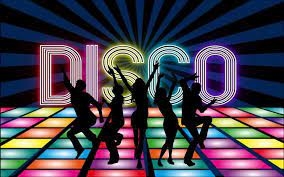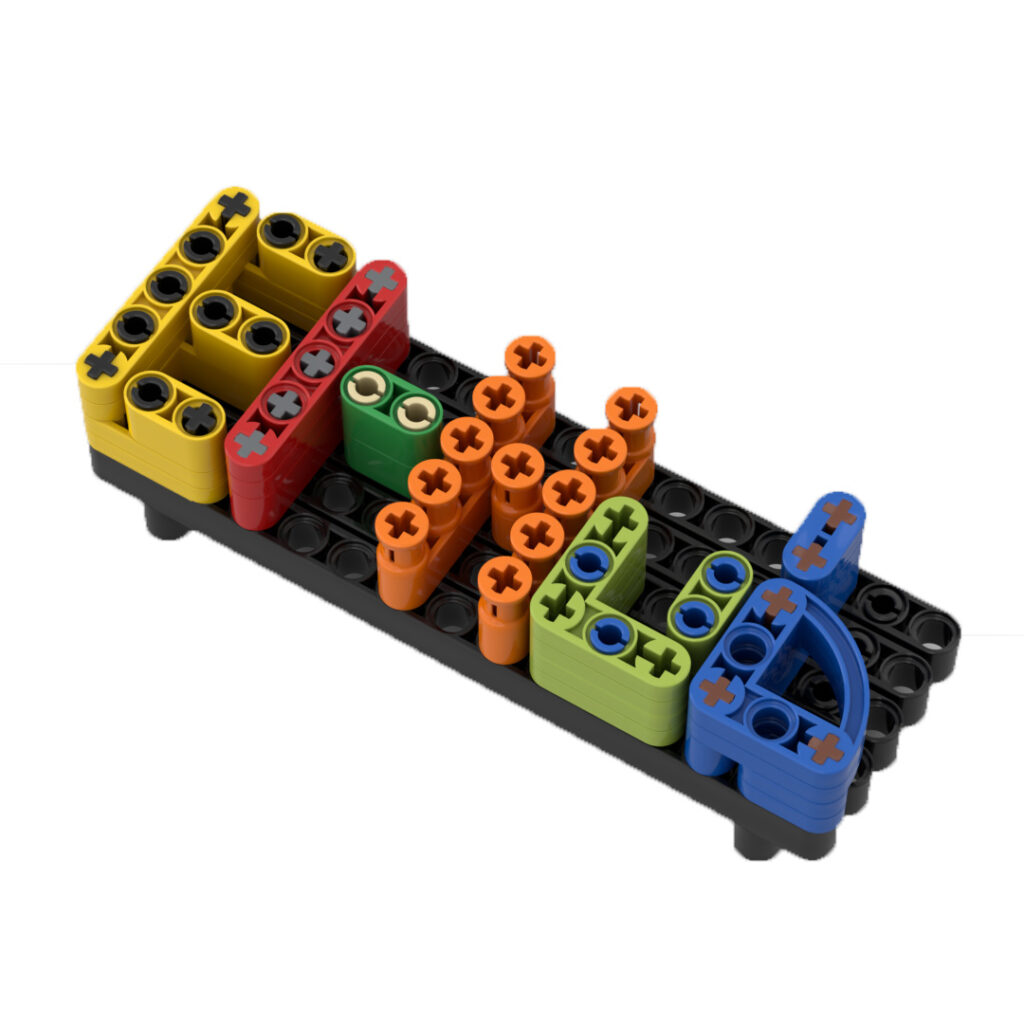Disco Music 的士高音樂

Disco(的士高音樂)是一種於1970年代中期至1980年代初期流行
Disco的核心是以舞蹈為中心,
2. 節奏 – 「貼地四拍」
Four-on-the-Floor Beats
7. 結構 – 的士高音樂的放克結他「重複樂段」 Funk Guitar Riff in Disco
音樂特色分析
1. 旋律
• Disco的旋律通常簡單而朗朗上口,便於記憶和傳唱。
2. 節奏
• Disco音樂以穩定的四四拍為基礎,鼓點強調在小節的每一拍(
3. 和聲
• 和聲通常取材於爵士和靈魂音樂,包含豐富的七和弦、
4. 音色
• Disco音樂中使用的音色極其多樣,弦樂(如小提琴、大提琴)
5. 織體
• Disco的織體往往密集但不雜亂,常採用「分層法」,
6. 配器法
• Disco編曲極為注重多層次感,經常使用以下樂器:
– 節奏組:鼓機、低音樂器(bass)、電子合成器
– 弦樂組:小提琴、中提琴、大提琴
– 敲擊樂:康加鼓(conga)、沙鈴、鈴鼓
– 和聲:鋼琴、電結他(使用funk風格的切分音)
7. 結構
• 歌曲結構多為流行音樂的標準格式(Verse-Chorus-
8. 唱腔
• Disco的唱腔多表現為情感充沛,常帶有靈魂音樂的韻味,
9. 歌詞內容
• 歌詞主題多關注派對、自由、愛情、自信和享樂,大多簡單易懂,
10. 低音編排
• Disco的低音線(bass line)非常強調律動感,
經典曲例 Classic Examples
KC and the Sunshine Band – Get Down Tonight (1975)
這首歌融合了funk和Disco元素,
Bee Gees – Stayin’ Alive (1977)
這首來自電影《週末狂熱》的主題曲堪稱Disco音樂的代名詞。
Donna Summer – I Feel Love (1977)
這首由Giorgio Moroder製作的經典舞曲,
Chic – Le Freak (1978)
由Nile Rodgers和Bernard Edwards創作,
Gloria Gaynor – I Will Survive (1978)
這首歌以其強烈的情感表達和勵志歌詞而聞名,
Village People – Y.M.C.A. (1978)
這首歌以其簡單易記的旋律和充滿活力的節奏,
聆聽指引 Listening Guide
Donna Summer, “Bad Girls” Casablanca (1988)
Words and music by Donna Summer, Eddie Hokenson, Bruce Soldano, and Joe Esposito, produced by Giorgio Moroder and Pete Bellotte. Rose to #1 on both the Billboard “Hot 100” and ”Best Selling Soul Singles” charts in 1979 (uk14).
FORM:
Modified contrasting verse-chorus, but with the chorus preceding the verse. Each statement of the chorus is preceded by an instrumental interlude featuring a melody in the horns. The verses that follow the chorus are split into two 8-bar subsections. Note that again we see a song restart through a return to the introduction, as in “Purple Haze” and “Roundabout.”
METER & RHYTHM:
4/4. Note the strong disco beat provided by emphasizing the regular groove and mixing the bass drum, high-hat, and snare forward throughout.
INSTRUMENTATION:
The rhythm section is made up of drums, bass, guitar, and piano, with horns used in the traditional rhythm and blues manner. Summer’s lead vocal is supported by female backups, and miscellaneous percussion is used throughout (the whistles are the most noticeable of these).
0:00–0:32
Introduction, 16 mm.
Texture builds up gradually, with 8 bars of groove played by guitars and drums only. The next 8 bars add horns, whistles, and “toot, toot.”
0:32–0:40
Interlude, 4 mm.
Melody presented in the horns.
0:40–0:56
Chorus, 8 mm.
Lead vocal with rhythm section only. “Bad girls . . .”
0:56–1:11
Verse, pt. 1, 8 mm.
Girl-group style backup vocals are added at the ends of phrases, “See them out on the street . . .”
1:11–1:28
Verse, pt. 2, 8 mm.
Horn hits are added in, “You ask yourself . . .”
1:28–1:36
Interlude, 4 mm.
Uses horn line from last 4 mm. of introduction.
1:36–1:52
Chorus, 8 mm.
This time backup vocals echo Summer, “Bad girls . . .”
1:52–2:08
Verse, pt. 1, 8 mm.
As before. “Friday night and the strip is hot . . .”
2:08–2:24
Verse, pt. 2, 8 mm.
As before. “Now don’t you ask yourself . . .”
2:24–2:32
Interlude, 4 mm.
As before.
2:32–2:48
Chorus, 8 mm.
Changed to include taunt from backup vocals. Note new guitar line in the background. “Bad girl, such a naughty bad girl . . .”
2:48–3:04
Verse, pt. 1, 8 mm.
As before, but guitar continues. “You and me, we’re both the same . . .”
3:04–3:19
Verse, pt. 2, 8 mm.
Guitar solo emerges from the background to take the melody previously handled by the lead vocals.
3:19–3:59
Reprise of Introduction, 20 mm.
Varied and expanded to encompass four 8-bar sections based on introduction material and Summer speaking and singing (“Hey mister . . .”) over groove.
3:59–4:14
Interlude, 8 mm.
Expanded to 8 bars and emerges directly out of reprised introduction, as “Hey mister . . .” in vocals returns.
4:14–4:54
Chorus and ending, 20mm.
8-bar chorus is followed by 8-bar return to interlude material that immediately preceded it, though the horn melody continues throughout this section. The backup vocals add a 4-bar ending.
